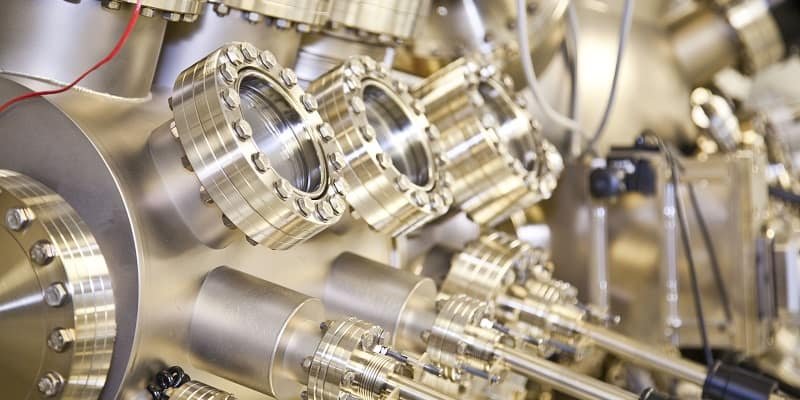- Faculty of Engineering and Physical Sciences
- School of Chemical and Process Engineering
- Research and innovation
- Advanced engineering materials
Advanced engineering materials
Advanced Engineering Materials
The properties of materials used in a variety of engineering applications, ranging from information and communication technology, transport, construction, environmental control, energy production and storage, healthcare and consumer products, can be tailored by developing a scientific understanding of their origin and using this to achieve control of the morphology, the micro- or nano-structure and the chemistry during the synthesis and processing steps of a manufacturing operation.
In order to do this it is necessary to develop and employ tools and procedures to measure accurately and computationally predict the relationships between microstructure and properties at different lengthscales ranging from the atomic scale right up to the component or device level. This understanding can drive the development of novel synthesis methods in order to achieve a required microstructure and hence material property specified by a particular engineering design.
Our research covers both hard and soft matter. Hard matter includes metallic alloys, carbons, ceramics (particularly those used in electronic applications), glasses and composites. These can be in particulate, thin film or even bulk forms. Soft matter includes polymers, molecular systems as well as organic crystals, colloids, emulsions and even biological systems.
An understanding of the microstructure-property relationships in a material and more importantly combinations of different materials, inputs into additive manufacturing processes that ultimately give rise to an engineering product for use across many industrial sectors of society.
Research groups involved in this theme include:
- Functional materials
- Applied photon science
- Materials characterisation
- Colloid and polymer engineering
This research theme links to the Bragg Centre for Materials Research and the Atoms to Devices theme of the Sir Henry Royce Institute for Advanced Materials.


